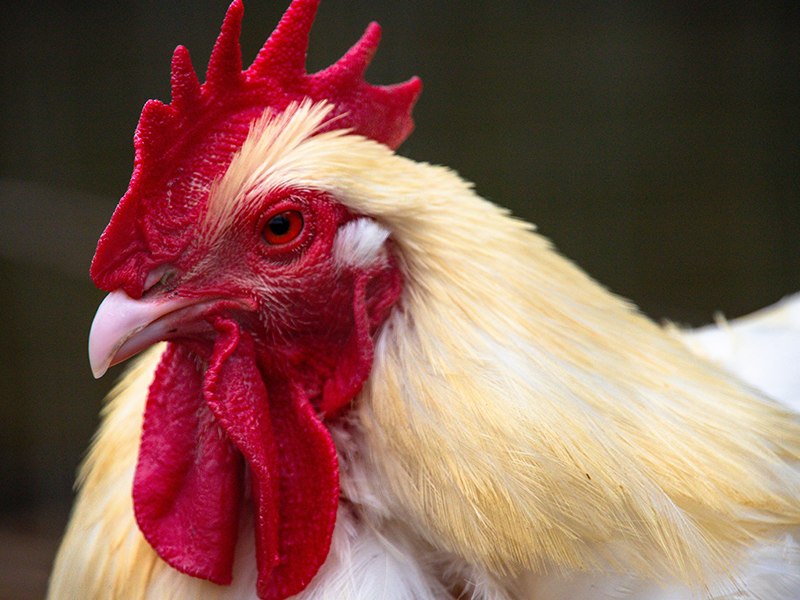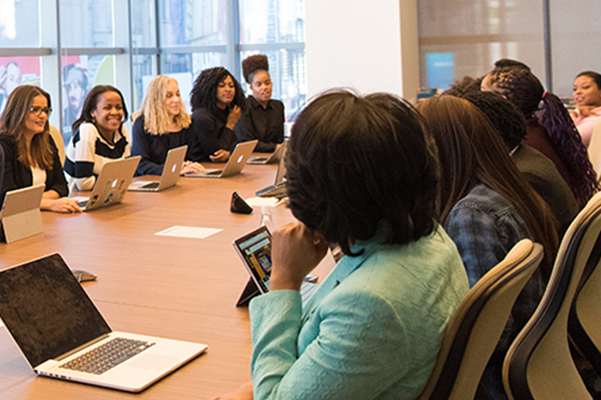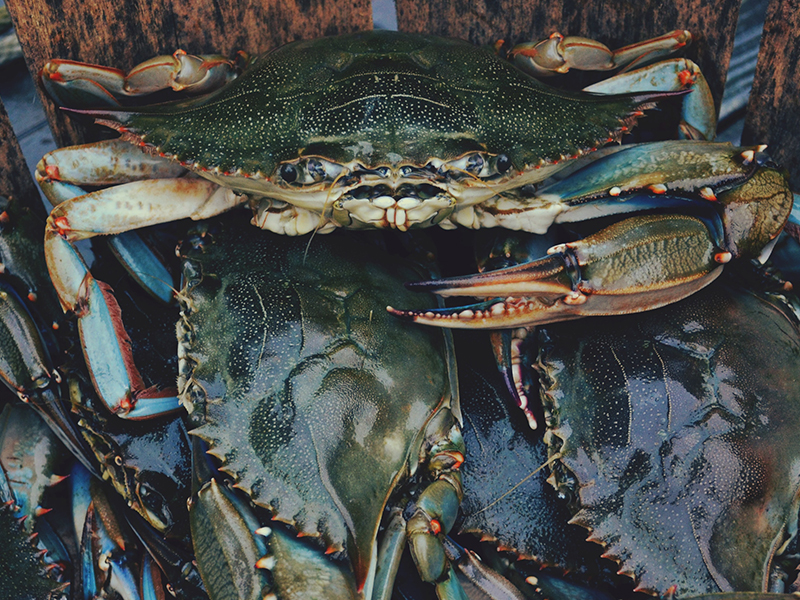
Photo by Adam Wyman on Unsplash
A Story About Resilience
Here’s the Bucket of Crabs story as it was told to me some years ago. The teller was one of the first black men to rise to respected position of power in the corporation where I worked. Here’s the set up and the story.
I came home one afternoon looking like I’d been in a fight. My mother sent me to my father, who asked me what the fight was about. I told him my friends were giving me grief because I joined the Chess Club, calling me “white boy nerd” and worse.
My father suggested we go fishing on the long pier at the big lake at Lincoln Park. He gave me a pole with a big hook on the end for our small crabs. I stood beside him, casting out, letting the crab bait sink, slowly pulling it back to me and the pier. I got a nibble and my dad caught a fish. That’s the way it went. I got bored and started watching the crabs in the bucket. They kept trying to crawl up the sides and get away.
“Where’s the lid? The crabs are going to get away,” I said.
“Watch some time longer,” my dad said, so I did. “After a bit tell me what you see.” I watched.
“What I see is that every time a crab almost makes it out, another crab or two grab hold and pull it back down.”
“That’s right, son. It’s why we don’t need a lid on the bucket.”
We fished a little longer and I caught two and Dad one more so we had enough for our family. As we were walking to the car my Dad said, “There are times when people try to crawl out of a bucket they’re in, and some other people are like those crabs.”
My friend was telling me this story because I was getting grief from coworkers about classes I was teaching for a volunteer Adult Education Program. Comments were like “Nobody will come to a class like that,” “Do you have the background to teach that topic?”, “What does your family think about you teaching on a weekend after working all week?”
A Bucket of Crabs Town
We were driving in Canada in a lake district, with a variety of ferries to transport you and your car from one side of a lake to the other in minutes instead of driving hours around the edge. It was our first ferry of the day, and we crossed in fog. We asked on the ferry if they knew a place on the other side for coffee, and were told to go to Alexander’s and how to get there.
And soon, there in the fog, was a sign that said “Alexander’s” with an arrow. The ferry crew had described the place: “Looks like a small, old wooden post office because it was.” We turned in, parked where we thought the car was safe and found our way inside. It was warm and welcoming. The service counter was still in place but with stools, and the kitchen was where the mail sorting was done. The front had a couple of tables as well, and some shelves lined with home grown tourist items like jams/jellies and quilted potholders. The menu looked promising, and the coffee had you asking for a cup as you came in the door.
Alexander was a middle-aged man with a bad leg that caused him to walk with a cane. “Yep. Got that some years ago in a terrible storm. Was a fisherman then. When my boat capsized I was hurt pretty bad. I wasn’t able to do that work anymore. I didn’t miss it; we weren’t able to make it pay much.”
Alexander said he went “on the dole”, which is like a disability payment. His wife was teaching so he took up making the meals, learning to make bread and baked goods while the children were at school. When the post office went up for sale his wife said “let’s buy it, move up here, and you make a coffee shop.” So he did.
“I hope your neighbors helped you get it going,” I said.
“No,” he shook his head. “They would come and eat something and tell other people the bread was too salty and the pie crusts too hard … any lie that suited them. “We wouldn’t be here except for the ferries. The crews came to check it out, thinking anything as bad as the rumors was worth going to once for the experience. But they liked me and what I was baking and making. So they sent people!”
“They sent us.”
“I thought maybe so. I’ll give ‘em free coffee next time they come in.”
He brought out two big notebooks, and we spent some time looking through cards and notes from all over the world. Then, after trying his cranberry pie experiment when it came out of the oven, I asked: “Do your neighbors come now?”
“No. Matter of fact, they are all upset because our next idea is to build a couple of rooms onto the house and become a bed and breakfast. I’m learning to build rooms in the afternoons. I fixed this place up, so I’m not starting from scratch.”
I told him the Bucket of Crabs story my friend told me. He laughed, and agreed that story told some sad truth.
“Why are your neighbors like that, do you think?”
“I’ve wondered a lot about that. Fishing isn’t a way to work here anymore. But our families have been doing that for four generations and people don’t know what else to do. You’re on the dole so, if you’re careful, you can get by. But then I come along and do something different and start making money.”
“But why don’t people see that’s a good thing, and be happy for you?”
“If I’m successful that means that they could break out and do something too, but they don’t know what, and they’re afraid it won’t work, and they know the Bucket of Crabs people will try to pull them down. I think they get in the habit of not trying—it makes me grieve some days, but then people like you come into the coffee shop and we talk and part, both better for the sharing. Why want more than that?”
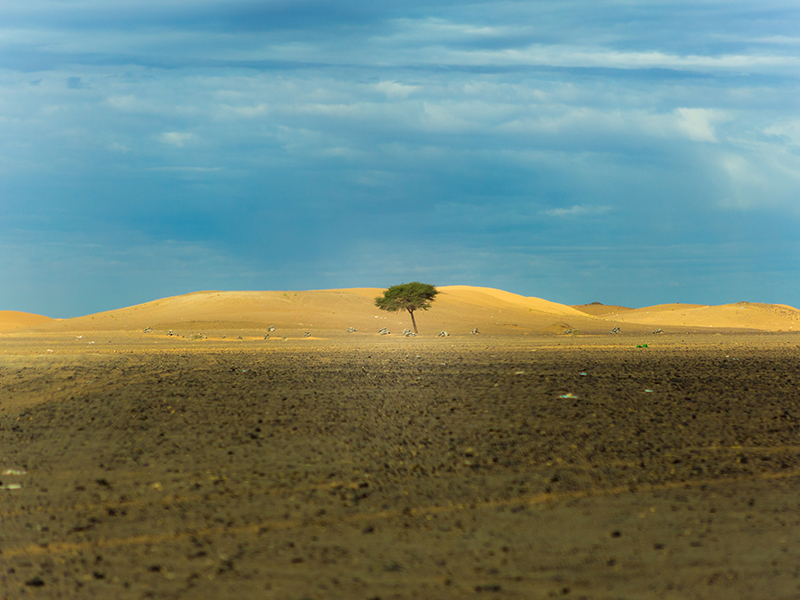
Photo by Karim MANJRA on Unsplash
Resilience
Lin Lange of the Herb Society America, in the West District Vol 8, Issue 2 describes resilience as:
Flexibility, adaptation, and the core strength to bounce back and move forward. All that in one word!
Here is a list of identifiers for a person with resilience:
- accepts of disappointment, and has the ability to bounce back
- handles disappointment and/or rejection while maintaining effectiveness
- doesn’t allow the situation to affect current or future actions.
These phrases describe qualities that both my Bucket of Crabs story friend and Alexander (and his spouse) display in their way of being in the world. They have very little tolerance for complaints and whines; their energy turns to solving the problem.
Believe you have the talent, intelligence, intuition and passion
to solve any creative challenge.
– Roger Holzberg, Reimagine Well
I think we are born resilient, just as we are born creative. Then things start to happen to us, and our environment encourages or discourages these qualities from forming into healthy habits.
Luckily, resilience is also a learned competency, both as a mindset and an “emotionset”. If your primary scenario didn’t teach resilience, if you grew up in a Bucket of Crabs, you can discover your native abilities to recover, face the challenge, and try again.
Mindset – Emotionset
The Mindset involves being able to frame and reframe a problem, and see difficulty as opportunity. Constraints just make the problem more interesting, and help give it boundaries and form. It’s building flexibility to encourage adaptation. It’s learning how to recover from or adjust quickly to changes, challengers, difficulties, hardship, a turn or twist in events or environments.
Behaviors that will help:
- be willing to explore with others without expectation of immediate solutions
- improve and broaden ways of thinking to be open to multiple possibilities
- persevere to solution by exploring different ideas, approaches.
The Emotionset involves being open to challenges, accepting and enduring difficult conditions. It’s knowing how to recover from or adjust quickly to changes, challengers, difficulties, hardship, a turn or twist in events or environments. It’s a combination of elasticity and toughness that allows reevaluation, redefinition, reshaping, or taking an entirely new approach to a new set of circumstances.
What To Do about the Bucket of Crabs
When resilience isn’t honored by those about you, what can you do? My storytelling friend kept on going to chess club and learned how to play a strategy game with white folks. Alexander, we can assume, finished the bedrooms and serves breakfast in the Post Office café.
When we find ourselves in a bucket with crabby people, there are a few things to do that help immediately:
- be rested; make time to sleep and step away to be in nature
- find supportive friends, encouragers. Seek them out
- limit time with crab-friends.
And most of all, no matter how difficult the situation:
- honor your own and others thoughts and emotions, and choose appropriate responses
- maintain engagement, enthusiasm and connection to others
- handle hardship without opting out with numbing choices like drugs or alcohol, or excessive media, reading, gaming.
However you are in the present moment, how you respond to what is happening—this is a gift. Resilience is your readiness to be creative right where you are, right now. You may be in a new situation requiring new responses, or you may need to respond to an old situation in a novel way. You may be tired, grumpy, confused, but you keep going regardless. You may have experienced a significant life trauma, and are in a process of recovery. You may have repetitive daily stressors that tax your body, and you relieve them with good care of your body, mind, and emotions. The root of your resilience is your willingness to continue exploring.
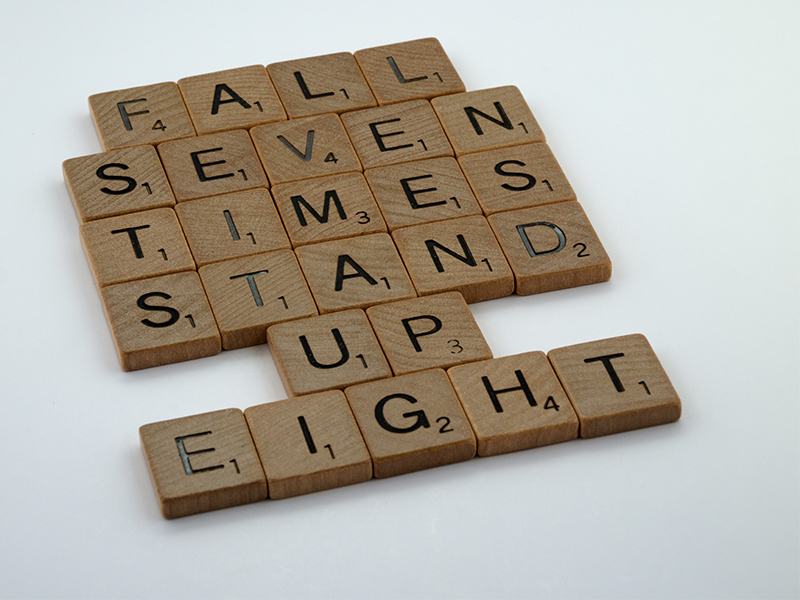
Photo by Brett Jordan on Unsplash
If you liked any part of this blog, I like knowing that what I’m sharing is useful to you. If you disliked any part of this blog, please tell me about that. I’m resilient.


